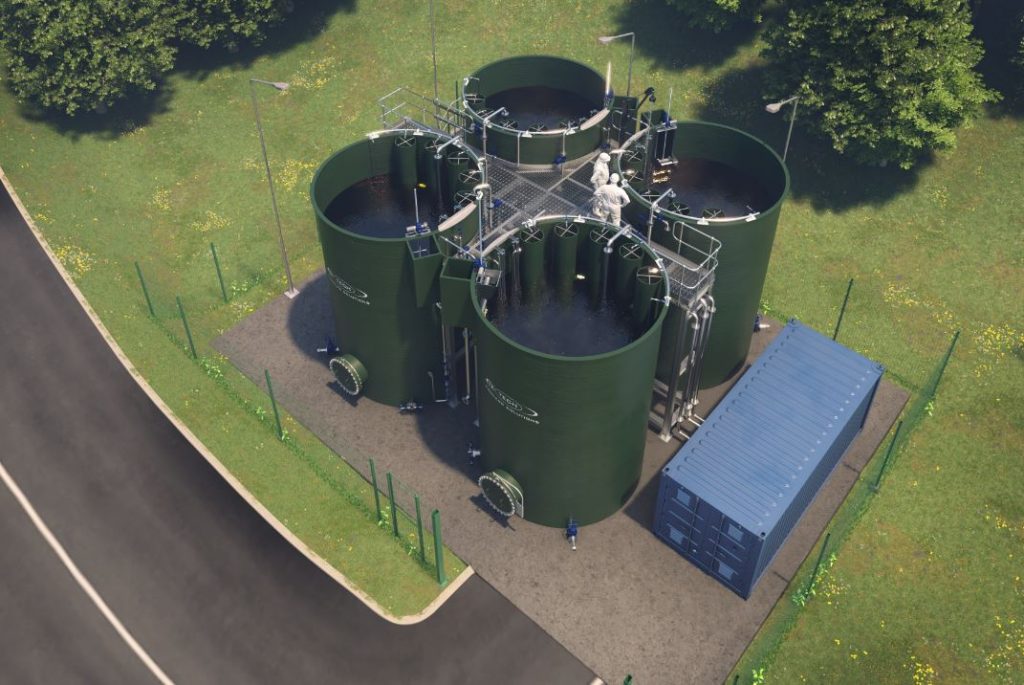Advanced cyclic activated sludge technology will allow water companies and developers to achieve the new proposed nutrient consents.
The pollution of Britain’s waterways from excess nutrients has resulted in an inevitable kick back from environmentalists, and put pressure on the UK Government to initiate statutory protections, namely to ensure that housing development can progress without further contributing to pollution of England’s most vulnerable rivers, lakes and water systems. In July, the new legal duty for water companies required WWTWs within ‘nutrient neutrality’ areas to be upgraded to the highest technically achievable limits by 2030.
As the latest amendments to nutrient neutrality legislation are being proposed in the House of Commons, it seems set that sewage works within sensitive habitat areas polluted by nitrogen and/or phosphorus will be required to meet a total nitrogen standard not more than 10 mg N/l and total phosphorus not more than 0.25 mg P/l.
Advanced cyclic activated sludge technology, te-cycᵀᴹ, which achieves simultaneous nitrification, denitrification and biological phosphorus removal in a single treatment stage will allow water companies and developers to meet the new proposed nutrient consents in a sustainable and cost effective manner.
Sustainable & Proven Technology
With chemical dosing and the addition of a tertiary filter te-cycᵀᴹ can provide treated effluent phosphorus concentrations of 0.1 mg/l P and the amount of chemical required will be significantly less than that required in a conventional ASP or traditional SBR, as biological phosphorus removal is maximised in the te-cycᵀᴹ process.

te-cycTM
The te-cycᵀᴹ process is well established with over 600 reference plants with capacities up to 1.2 million population equivalents, treating a wide variety of wastewater types in a range of climatic conditions. A range of standard packaged plants are available, that bring the benefits of biological phosphorus removal to small/medium sized works. Minimal chemical dosing means fewer transport movements, less chemical sludge for disposal and a lower environmental impact with concomitant cost savings. Biological phosphorus removal together with simultaneous nitrification and denitrification meets the tightening nutrient consents in a sustainable and resilient way.
The packaged plants are designed in-house and manufactured and assembled off-site, which allows better quality management, factory testing and acceptance and reductions in installation time on-site and the associated risks.
To discuss te-cycᵀᴹ with one of our engineers, please click here.